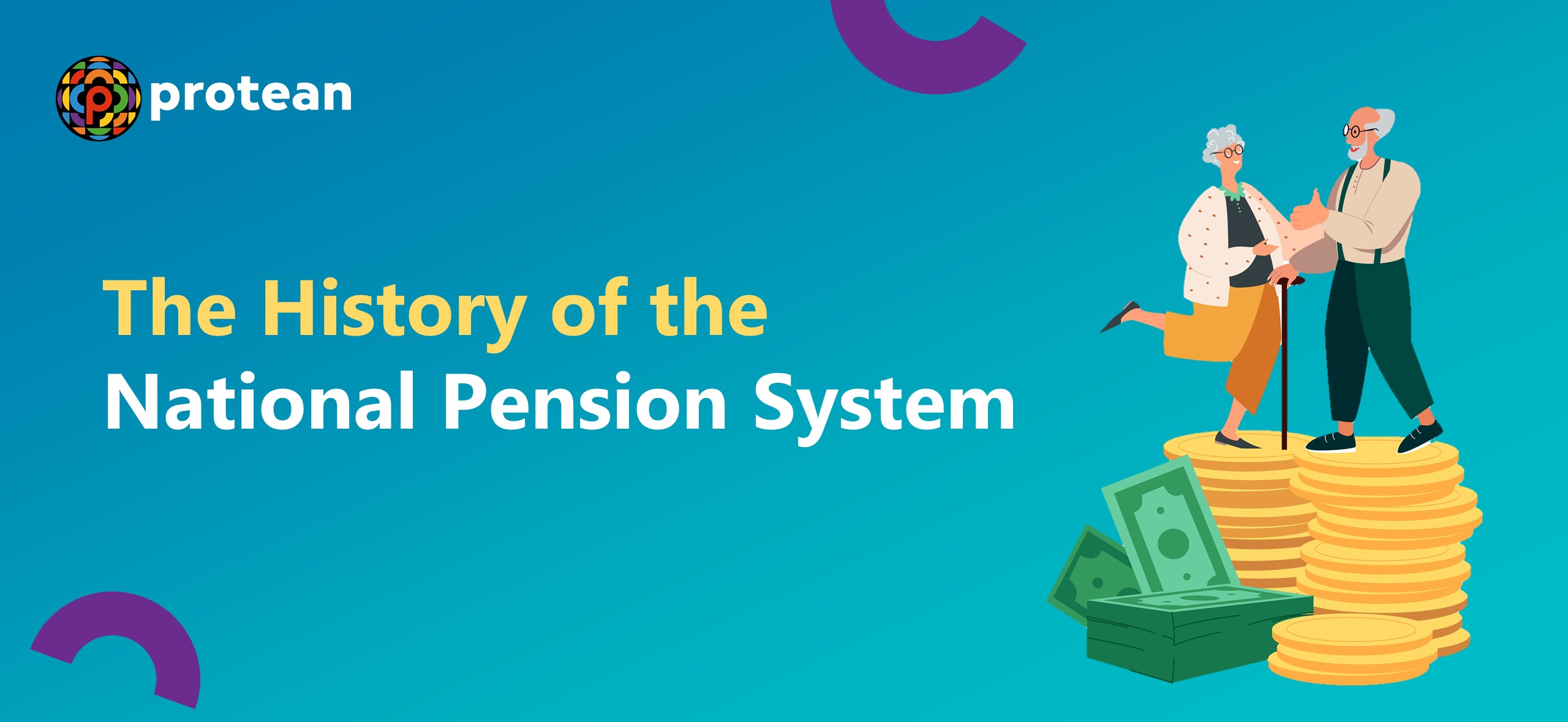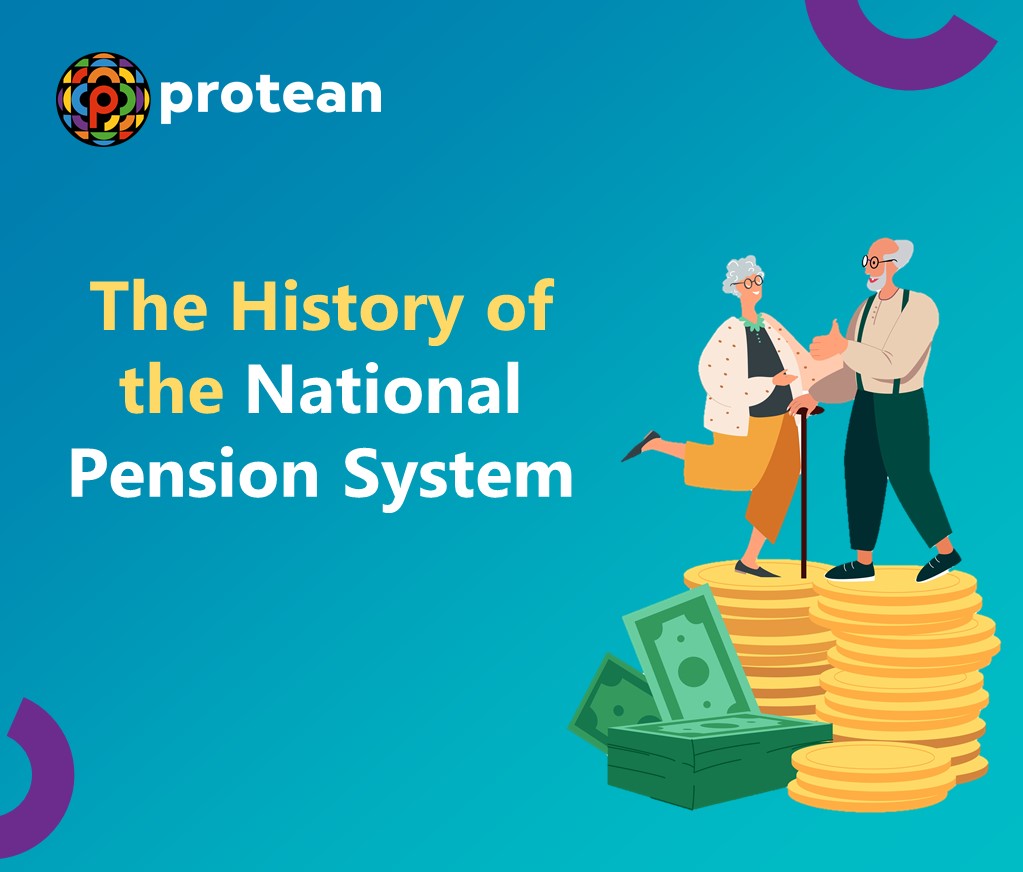The National Pension System or NPS was launched by the Government of India on 1st January 2004. Even though initially it was launched for government employees, since 2009 it has been opened to employees from the corporate sectors as well. This allows the subscribers to contribute to their pension accounts regularly during their working period.
Regulated by PFRDA (Pension Fund Regulatory and Development Authority), the National Pension System is a long-term investment strategy that encourages consistent savings throughout your work life. This ensures that upon your retirement, you can access a lump sum and enjoy a regular monthly pension.
Read on to learn about the NPS history in detail so you can make informed decisions regarding this pension scheme.
What is the History of the NPS Scheme in India?
The National Pension System, formerly known as the New Pension Scheme, was introduced by the Central Government in January 2004 as a convenient, voluntary, flexible and portable retirement plan. It was launched to help you plan systematic savings for financially securing yourself after retirement.
Apart from enjoying tax benefits, subscribers can also get the flexibility to select their investment options, while operating their accounts from anywhere anytime. This government-backed scheme came into existence after going through a regulatory framework and architecture.
Some of the significant initiatives that led to the creation of the National Pension System include the following:
The Indian Government initiated the OASIS project in 1999, which was targeted to review the policies that were related to the security of old age income within the country. Consequently, the Defined Contribution Pension System was introduced for the new entrants to the State or Central Government services. However, even though this system replaced the previous Defined Benefit Pension System, it did not include the Defense Forces within the scheme.
The interim Pension Fund Regulatory and Development Authority (PFRDA) was established on 23rd August 2003 to monitor the pension funds and protect the interests of the subscribers. With the introduction of NPS in 2004, PFRDA eventually became its regulatory entity. This is so, since after the enactment of the PFRDA Act in 2013, the NPS notified on 22nd December 2003 came under this act.
- Finally, the Contribution Based Pension Scheme was changed to the National Pension Scheme by the Department of Economic Affairs, Government of India. It was then made a mandatory scheme for the new recruits to the Central Government (excluding the armed forces) from January 1st 2004. Also, the Department of Personnel and Training issued a set of instructions, according to which the resignations of the Central Government servants, appointed after 31st December 2003, were withdrawn. They were, as a result, covered under the National Pension System.
How did the NPS Evolve in India?
Even though the National Pension Scheme was introduced in 2004, it has shown considerable evolution over the past years. Hence, before emerging as the reformed version of a pension scheme, it has undergone several changes and comprehensive restructuring to become as effective as it is in the present times.
The following table showcases the National Pension Scheme history in India and how it has been evolving since its inception:
| Name of the Scheme and Year | Eligibility Criteria | Investment Options | Regulatory Changes or Government Interventions | Key Changes |
| The Royal Commission on Civil Establishment, 1881 | Government employees must be in service for at least 10 years to be pensionable at the age of 58 years. | A retired individual could receive 50% of his last salary on a monthly basis after retirement. | Under the Chairmanship of Lord Islington during British India. | NA |
| The Old Pension Scheme, 1924. | Government employees be in service for at least 10 years to be pensionable at the age of 58 years. | A retired individual could receive 50% of his last salary on a monthly basis after retirement. | _ | Along with the pension amount, individuals could get DA (Dearness Allowance) twice a year. |
| The Old Pension Scheme, Post-Independence | Government employees must be in service for at least 10 years to be pensionable at the age of 58 to 60 years from 1998. | Employees invest 10% of their monthly salary along with basic and dearness allowance, while the Government contributes 14% | _ | Individuals could get emoluments that include 50% of basic pay, non-practising allowance, stagnation increment and death gratuity. |
| The New Pension Scheme, 2004 | Government employees must be in service for at least 10 years to be pensionable at the age of 58 to 60 years. | Equity, Corporate debt, Government Bonds, Alternative Investment Funds. | PFRDA (Pension Fund Regulatory and Development Authority) | 60% of the corpus is tax-free. |
| The National Pension Scheme, 2009 | Individuals working in any sector (public and private), including NRI, who are within 18 to 70 years. | Equity, Corporate debt, Government Bonds, Alternative Investment Funds. | PFRDA (Pension Fund Regulatory and Development Authority) | NPS account holders can withdraw up to 25% of their contributions. 60% of the corpus is tax-free. |
From the above table displaying the NPS history, it is understood that pension schemes have been in the country from the time of British rule. Initially, the purpose of pension plans was to make employees continue working with the Britishers, not entertaining any thoughts of rebellion against them. However, it did help the employees to make themselves financially stable after their retirement.
Nevertheless, with the passing of the Indian Pension Act in 1971, Government employees could also get a one-time increase in their pension amount. This helped them to keep up with the continual rise in the cost of living.
Moreover, in the present time, the NPS covers all individuals working in both the public and private sectors to plan their financial securities after retirement. The scheme is also portable enough to allow you to switch your job locations or the job itself. However, the minimum contribution should be R.s. 500 towards the NPS, which can be increased later based on your will.
Timeline Table of the NPS History
| Year | Key Changes |
| 1881 | NA |
| 1924 | Along with the pension amount, individuals could get DA (Dearness Allowance) twice a year. |
| Post Independence (After 1947) | Individuals could get emoluments that include 50% of basic pay, non-practicing allowance, stagnation increment and death gratuity. |
| 2004 | 60% of the corpus is tax-free. |
| 2009 | NPS account holders can withdraw up to 25% of their contributions. 60% of the corpus is tax-free. |
Conclusion
NPS acts as a long-term retirement investment plan and a sustainable solution for offering you a steady income after your retirement. The NPS history showcases how the scheme has been evolving over the past years.
It enables the subscribers to head towards making the optimum decision on financially securing their future after retirement. Besides, market-linked returns, tax benefits and long-term investment options promise a strong potential for the golden days ahead.

